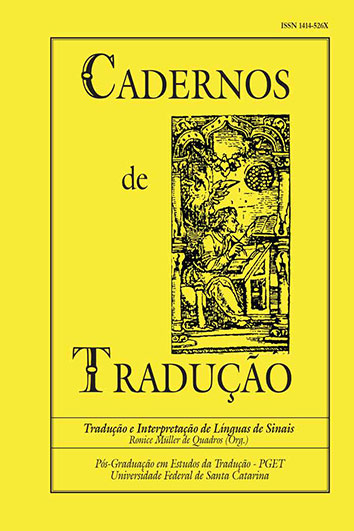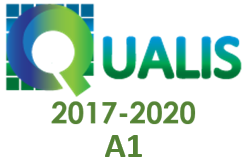Tradutor e intérprete de língua de sinais: história, experiências e caminhos de formação
DOI:
https://doi.org/10.5007/2175-7968.2010v2n26p207Abstract
The aim of this article is to present Sign Language Translators and Interpreters (SLTIs) using current reflections and traditional longstanding concepts of the profession. Even locating interpreters of oral languages and of sign languages in the same chronological line, one should note the significant and clear differences between the two. Based on Rodrigues and Burgos (2001), and on the experiences of Brazilian SLTIs, we outline and highlight the characteristics that differentiate professionals working specifically with oral language from those in SLTI. It is important to mention that the result of the linguistic modality of signed language means that the competence of the SLTI appears to be invisible, thus making it difficult for professionals in this field to be recognized. It is very common for SLTIs to be understood as simply collaborators or facilitators of communication, while the reality is that the functions of the SLTI are much more extensive. By having to deal with the peculiarities of sign language, the SLTI needs to acquire some of its fundamental elements and have exhaustive experience at the frontier of two cultures, as well as bearing responsibilities that are elements in the construction of his or her subjectivity. By presenting questions to those who operate in this field, we highlight the difficulties found in their experiences with the language, with the practice of translating and interpreting, and above all, with the hearing impaired community. We highlight the educational routes that these SLTIs have taken to become professionals in order to guarantee their visibility.
Downloads
Published
How to Cite
Issue
Section
License
Copyright Notice
Authors hold the copyright and grant the journal the right for their articles' first publication, being their works simultaneously licensed under the Creative Commons Attribution License (CC BY), which allows the sharing of such works with its authorship acknowledged and its initial publication in this journal.
Authors are allowed to enter into separate additional contractual arrangements for the non-exclusive distribution of the journal's published version of the work (e.g., post it to an institutional repository or as a book chapter, with an acknowledgment of its initial publication in this journal).






















































